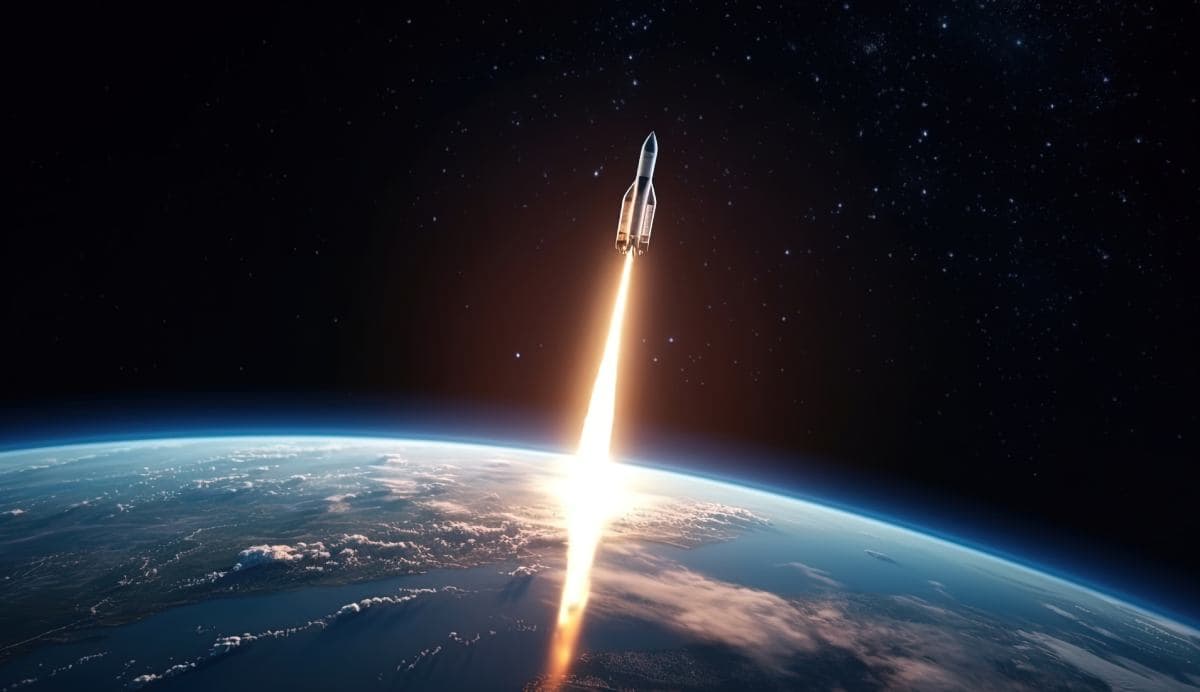The dream of voyaging among the stars has captivated humanity for centuries, inspiring countless stories, films, and scientific endeavors. Yet, as we stand on the brink of the 21st century’s third decade, interstellar travel remains within the realm of science fiction. Or does it? This article delves into the current state of interstellar travel science and the future possibilities that might one day turn this fantasy into reality, exploring not just the physical, but also the philosophical barriers to our cosmic aspirations.
The Current State of Interstellar Travel
Interstellar travel involves journeying between stars and navigating the vast distances of outer space that separate them. The nearest star system to Earth, Alpha Centauri, lies approximately 4.37 light-years away. With current spacecraft technology, such as that used by the Voyager probes, a trip to Alpha Centauri would take over 40,000 years. Clearly, new methods of space travel are required to make interstellar journeys feasible. To bridge this gap, scientists and engineers are rethinking the fundamentals of physics and propulsion.
Several theoretical concepts for faster-than-light (FTL) travel exist, such as warp drives and wormholes. However, these concepts often rely on physics not yet fully understood or technology far beyond our current capabilities. For instance, a warp drive would necessitate a form of energy that can manipulate the fabric of spacetime, an endeavor that remains speculative at best. Despite these hurdles, the pursuit of FTL travel continues to inspire innovative research and bold theories.
Near-Term Prospects: Breakthrough Starshot and Nuclear Propulsion
Despite the daunting challenges, there are ongoing projects and proposals that aim to inch closer to the reality of interstellar travel. One of the most ambitious is Breakthrough Starshot, an initiative that plans to send a fleet of light-sail spacecraft to Alpha Centauri. Propelled by powerful ground-based lasers, these tiny spacecraft could theoretically reach 20% of the speed of light, reducing the travel time to the neighboring star system to about 20 years. This project represents a significant step toward making interstellar exploration a tangible possibility within our lifetimes.
Another promising avenue is nuclear propulsion, which could offer significantly faster speeds than conventional chemical rockets. Projects like NASA’s Project Prometheus and DARPA’s Project Orion have explored the possibilities of nuclear-powered spacecraft, which could potentially cut down travel time to nearby stars to a few centuries or even decades. The development of such technologies could revolutionize space travel, making the cosmos more accessible than ever before.
The Farther Future: Harnessing Exotic Physics
Looking further ahead, the key to true interstellar travel may lie in exotic physics and breakthroughs in our understanding of the universe. Concepts like wormholes, which are shortcuts through spacetime, and the Alcubierre warp drive, which proposes moving a spacecraft by expanding and contracting spacetime around it, offer tantalizing possibilities. While these ideas sound like science fiction, they are grounded in real physics and have been the subject of serious theoretical research. The realization of these concepts could open up new realms of exploration and discovery, forever changing our place in the universe.
However, the realization of such technologies would require monumental
advancements in science and engineering, including the discovery and manipulation of exotic forms of matter and energy that are currently hypothetical. The quest for these technologies challenges us to dream big and push the limits of our scientific understanding.
Ethical and Practical Considerations
As we venture toward the stars, ethical and practical considerations must also be addressed. The sustainability of interstellar missions, the potential contamination of extraterrestrial ecosystems, and the implications of contact with alien life are all critical issues that require careful thought and planning. These considerations remind us that our interstellar ambitions must be guided by responsibility and foresight, ensuring that our journey to the stars is both ethical and sustainable.
Moreover, the vast resources required for interstellar travel raise questions about the priorities of space exploration, especially in the face of pressing challenges on Earth. As such, the pursuit of the stars must be balanced with the needs and responsibilities we have on our home planet. This balance is crucial for fostering a future where space exploration advances hand in hand with the stewardship of Earth.

Conclusion
Interstellar travel remains one of the most exhilarating and daunting frontiers in human exploration and scientific inquiry. While the journey from science fiction to science fact is fraught with challenges, the progress in space exploration and theoretical physics gives us reason to hope. As we continue to push the boundaries of what is possible, the dream of reaching the stars grows ever more tangible, promising a future where humanity can truly explore the vastness of the cosmos. With each step forward, we not only move closer to the stars but also deepen our understanding of the universe and our place within it.

